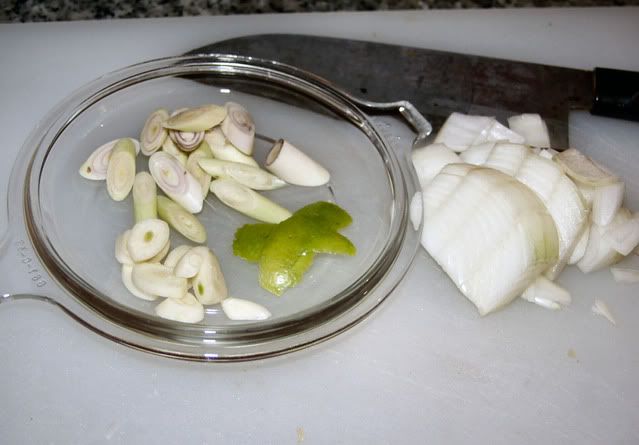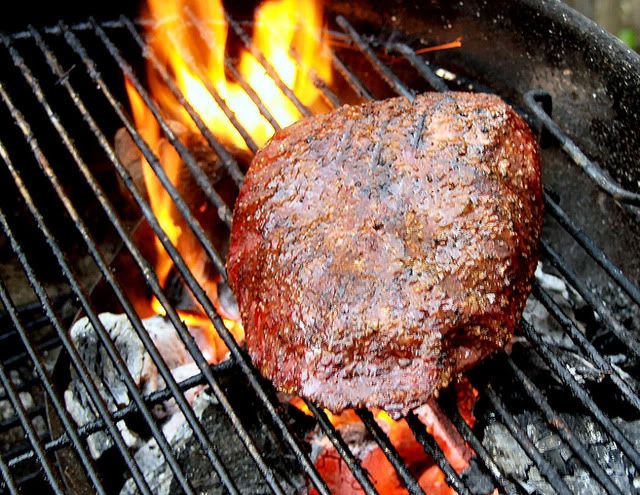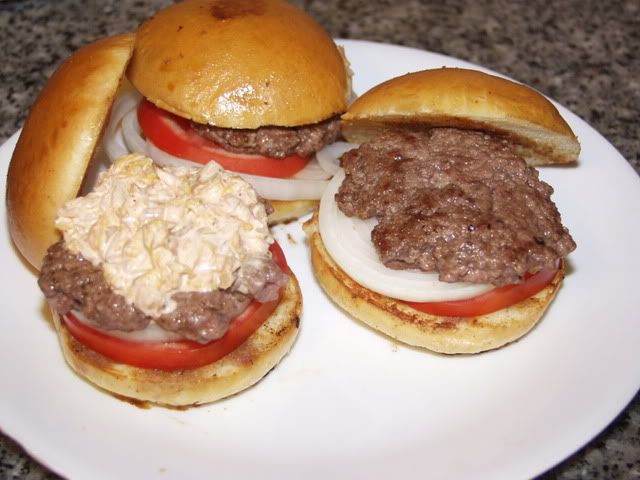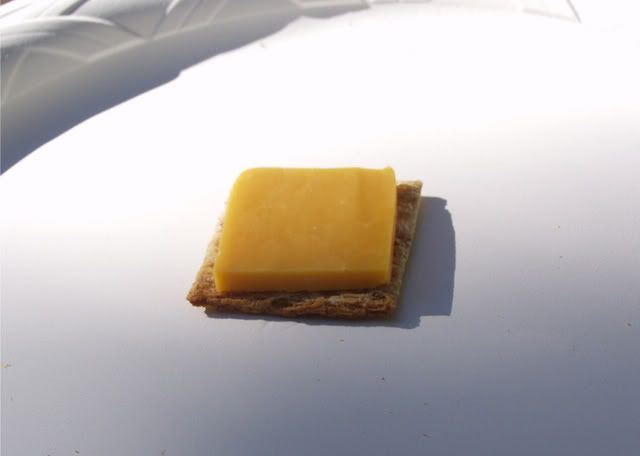Those are the kumquats and the beet greens. When I first got the list of ingredients, I knew that beets come with a bonus edible portion, as long as your grocer has fresh beets. In my case, they had fresh baby beets, with nice looking greens, which I knew would work well with the gnocchi. The kumqauts, not a familiar fruit for many, is a small (inconveniently tiny) citrus with almost no flesh to really speak of. The rind however is a very tasty element that combines some strong citrus qualities with a subtle sweet and then bitter element. It is often made into a marmalade or syrup.
And then there is the actual beet root and the potatoes, as you can see, the beet roots I was able to get where small, hence very tender and sweet. The greens were well hydrated and crisp, I knew that I would be able to use both of these elements. The potatoes were because I felt that potato gnocchi were going to be easier for me to handle, I am bad, BAAAD, with the more tender ricotta gnocchi. I was able to get some local northern California potatoes as well, these were thin skinned, with some russeting, and quite heavy for their size. By now, I am thinking the beet root is going to be a standalone element, their being so fresh and of good quality, I wanted to highlight them a bit more. The greens, with a slight bitter and herbaceous taste would contract beautifully with the blander gnocchi and maybe some garlic. Fresh produce wants little to make it really work. Pantry elements would be limited to garlic, sweet barnea olive oil, AP flour and some shallots.
Beet roots and potatoes were roasted over an open flame of charcoal and oak chunks, I was hoping to impart some flavor, but, I can't say I got the flavor of smoke that I had hoped for. I did get some very nicely roasted roots, with a nice texture and some sweetness that I had hoped for. These were allowed to rest over night, peeled and prepared. The beets only needed some heating and a little salt. The potatoes were peeled and then grated through a medium textured microplane grater. Gnocchi were made using a relatively simple recipe of egg, flour, potato, salt and a little nutmeg.
I know, impressive photo, la blanc mange! I digress... To the kumquats, what to do with them, well, they had a terrific aroma and testing one, I decided there was a definite bitter flavor on the finish, I could exploit this. The beets would be sweet, the meat savory, the gnocchi savory and herbal, the bitterness could be used in a couple of elements, along with some sweetness, to add depth to the flavors on the plates. Also, the rinds would add texture. The flank steak came to mind as well, as I was going to go very simple with a good piece of meat, just some of my usual Top Rub mixture, then onto a very hot fire. Cook a few minutes each side and done. I was going to rely on the meaty, savory flavor of grilled meat to carry the main plate.
By now, I realize that I have a good main portion for my salad and meat dishes, along with a side that I know will work great. This is the decision point of how to pick up the main flavors for each plate. For the salad, with roasted beets, being primarily sweet (there should have been smoke I tells ya'!) I needed something more punchy, arugula is punchy, baby arugula looks good and is on sale. Done. Now, I have decided to use the kumquats as an element for bitterness and sweetness, what I really want is something salty to balance it. Feta is salty, and goes with arugula and with beets...There we go...

Warm Roasted Beet Salad with Arugula, Shaved Shallots, Feta Cheese and Kumquat Preserve, with a Chervil and Tarragon Vinaigrette.
Then onto the main plate, what to do about the flank steak, I was confident that I could pull off the grilled flank steak to a nice medium rare. I knew I had the side dish worked out. How to pop the flavors on the steak. My initial thought was to go with chimichurri, but, that ignored the ingredients and materials I had already prepared. And there were those kumquats. Well, the meat will have a savory profile, some heat from the black pepper and I had some sweet and bitter I could add from the kumquats. The idea of borrowing some of the flavors from the salad to carry to the main plate makes a lot of sense to me. Hence, I worked with what I had already. And thus...
Flank Steak with a Kumquat Preserve, Feta cheese and Shaved Shallots with a Chervil and Tarragon Vinaigrette along with Pan Seared Gnocchi with Beet Greens and Garlic. This was an excellent dinner. I have to thank the Four Ingredient Challenge creators for inviting me into their fold, I think the two meals I have cooked so far have been the best meals I have cooked on my kettle thus far. I look forward to the next year of cooking with these folks.
I wish everyone a Merry Christmas and encourage you all to look at my fellow Four Ingredient bloggers.
Larry Gaian of The BBQ Grail - Entry Here
The BBQ Grail website was created in 2007, initially to document the author’s quest to find the perfect backyard BBQ experience. Since that time The BBQ Grail has become one of the more popular BBQ blogs on the internet and is listed on Alltop.com as one of the top BBQ blogs.
Paul Haight of No Excuses BBQ – Entry Here
The No Excuses BBQ website was started in January of 2009 as a way to record the author’s goal of cooking outdoors at least once a week throughout the year and showing the results to the world. Somewhere along the way things got out of control…
Rob Bergstrom of In To The Flames- Entry Here
Rob launched Into The Flames in the summer of 2010 as a way to share his passion for cooking, eating, and exploring food.
Marc Van Der Wouw of Grill Adventures - Entry Here
Grilladventures by broadcastmarc is started on march of 2010.I started the BBQ thing when I was 30,before that we eat a lot outside.have fun,but when the kids came in our life We start serious cooking.Most of it is realy healthy I think;-)The grill has a special place in my heart,We love to do things outside..Everything I make is an adventure,and sometimes we use the books.We try to grill as much as we can year round.
Chris Grove of Nibble Me This- Entry Here
Nibble Me This is Chris Grove’s blog about his misadventures in live fire cooking. ”I have no culinary training….I’m just entertaining myself with fire and food”.
Rob launched Into The Flames in the summer of 2010 as a way to share his passion for cooking, eating, and exploring food.
Marc Van Der Wouw of Grill Adventures - Entry Here
Grilladventures by broadcastmarc is started on march of 2010.I started the BBQ thing when I was 30,before that we eat a lot outside.have fun,but when the kids came in our life We start serious cooking.Most of it is realy healthy I think;-)The grill has a special place in my heart,We love to do things outside..Everything I make is an adventure,and sometimes we use the books.We try to grill as much as we can year round.
Chris Grove of Nibble Me This- Entry Here
Nibble Me This is Chris Grove’s blog about his misadventures in live fire cooking. ”I have no culinary training….I’m just entertaining myself with fire and food”.



















































